|
This week’s blog will address The Cinema of Poetry (1965) proposed by Pier Paulo Pasolini in relation to Andrea Arnold’s (2011) adaptation of Emily Bronte’s novel, Wuthering Heights (1846). Pasolini explores similarities between poetry and moving image (1976); he suggests that the language and structural devices used in poetry to concisely conjure stories or emotional landscapes are mirrored by the syntagmas inhabiting a film (the objects, things, persons and settings) creating an emblematic language, upon which a film is constructed. He contemplated whether the dreamlike nature of cinema is derived from these metaphoric and oniric qualities rather than through any narrative subsequently imposed on this canvas. Whilst Pasolini suggests the syntagma are comprised as a series of “im-signs” or images (1976, p.544), to evoke a dreamlike cinematic sequence, he acknowledges that in film, this “language of poetry” is bound to narrative structure, or the “communicative language of pose” (1976, p.547-549). He describes how the metaphors evoked as part of a film’s oniric essence inevitably take the form of commonly recognised cinematic conventions- for example, a crow foreshadowing the presence of evil. Pasolini questions whether “the language of poetry is possible in cinema,” introducing the concept of “free indirect discourse” (1976, p.549), whereby a filmmaker occupies the perspective, psychology and language of a character outside their own social experience; Arnold’s inception of Heathcliff seems to fit this paradigm. In the opening scenes of her 2011 version of Wuthering Heights, a series of intense close-ups from Heathcliff’s point of view are intercut with close-up and medium shots of his face, poignantly depicting his experience of this new harsh moorland environment. Combined with sparse use of dialogue, this device allows viewers an intimate portrayal of the bleak exterior and interior landscapes from Heathcliff’s perspective: in these segments the narrative is merely a backdrop to Heathcliff’s experience from one moment to the next, with Arnold relying heavily on imagery to immerse the drama in Heathcliff’s experience. On Heathcliff’s first morning at Wuthering Heights, an over-the-shoulder long shot shows him gazing out at Catherine at the other side of a field. A high-angle close-up showing Heathcliff squinting at the sky is succeeded by a shrill, yet blurry shot of the sun. The following disorienting pan of Hindley’s horse blowing past, cuts rapidly to a medium shot of Heathcliff falling back against the house, in a visceral portrayal of bewilderment. As Heathcliff subsequently rides pillion on Catherine’s horse, a drawn-out extreme close-up of her hair infers Heathcliff’s nascent attraction without the need for dialogue. As Catherine begins to spend time at the Linton’s estate, more over-the-shoulder shots show Heathcliff peering in through the windows to catch glimpses of her. Arnold deprives us of internal shots of the Linton household, placing us completely within Heathcliff’s ostracised vantage point. Nevertheless, despite the effectiveness of these character-infused shots, there are times when the poetic visuals become somewhat unmoored from the narrative threads; in such sequences, audiences might need knowledge of the original story to understand their significance. As Heathcliff and Edgar brawl after Heathcliff kisses Isabella in an expression of spiteful hurt, shaky handheld shots depict the chaotic violence. A medium close-up of Catherine falls jarringly in and out of focus, emphasising her anguished expression. However, it is the pre-given knowledge of Edgar declaring she must choose between the two men that gives these shots a layer of nuanced resonance. At this and other such moments, the cinematic poetry of Arnold’s rendering of Wuthering Heights could benefit from a little narrative exposition for viewers unfamiliar with the plot of the original story. Reference List Pasolini, P. (1976) ‘The Cinema Of Poetry’, in Nichols, B. (ed.) Movies and Methods Vol I. Berkeley and Los Angeles California: University of California Press, pp. 542-558.
0 Comments
|
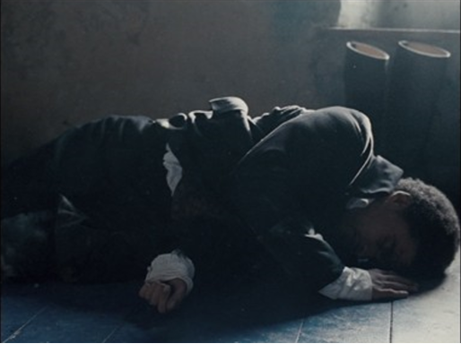
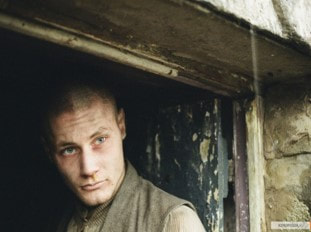
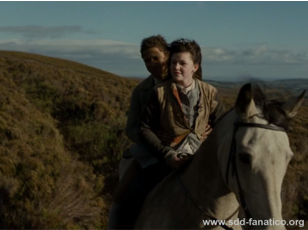
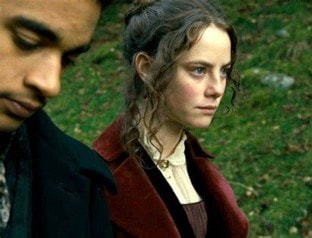
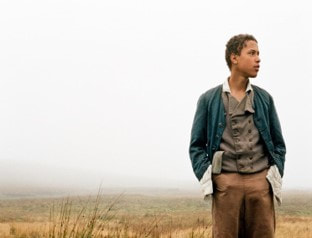
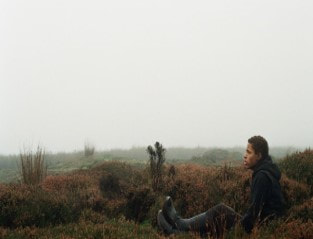
 RSS Feed
RSS Feed
